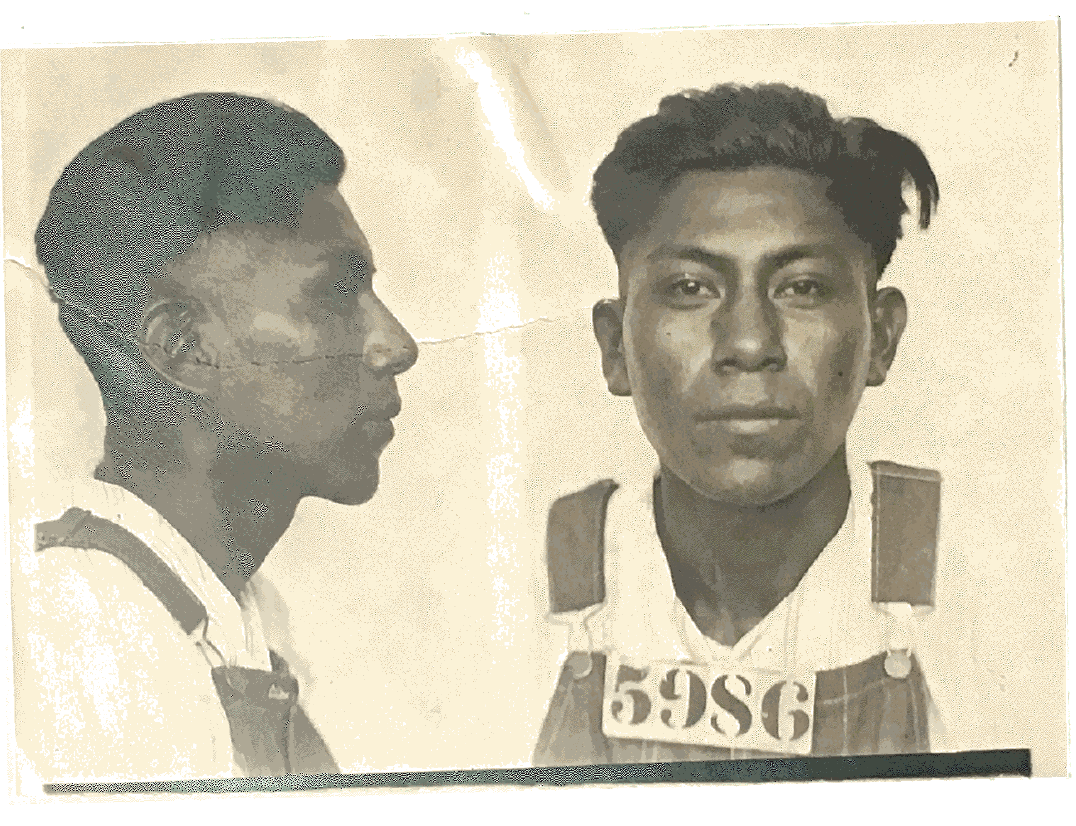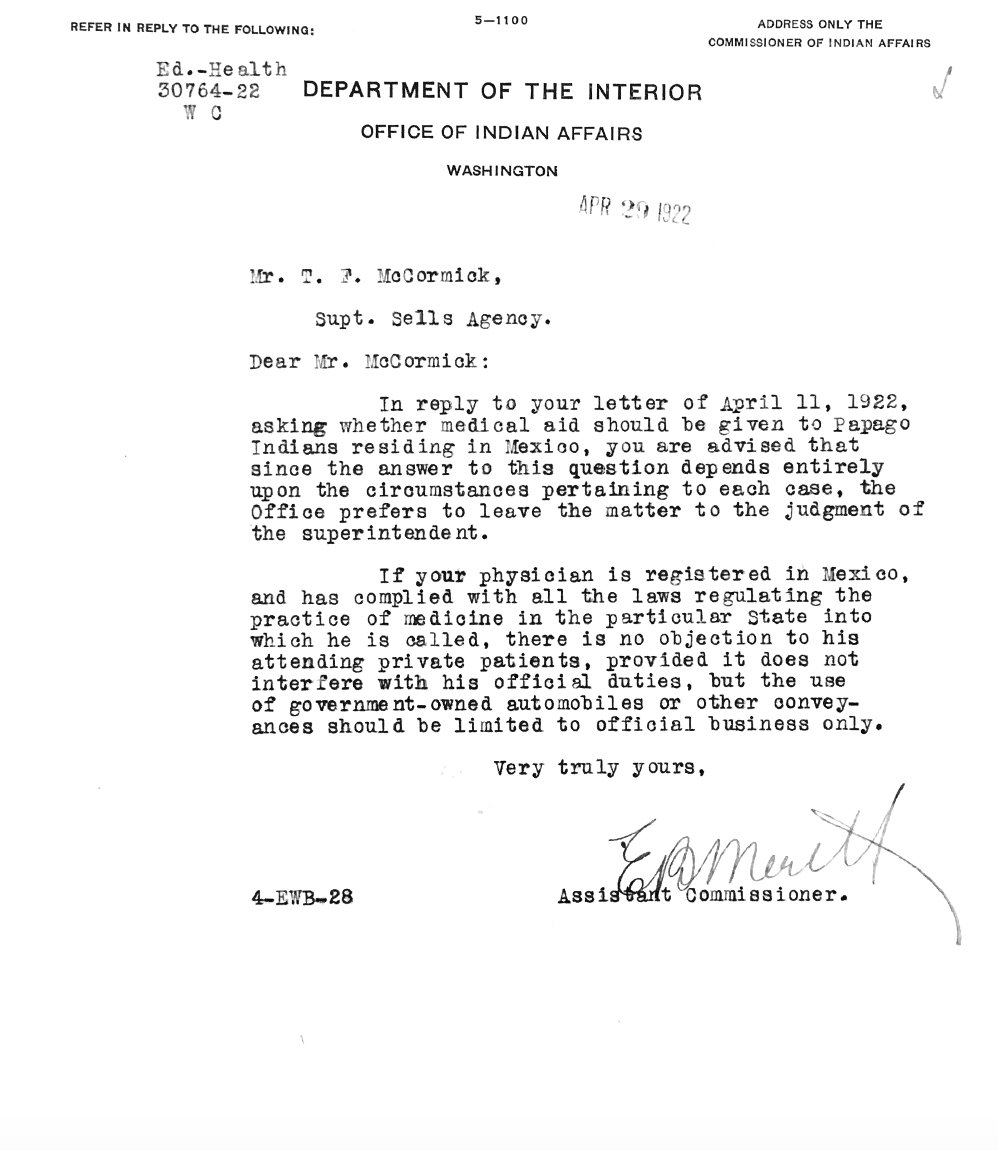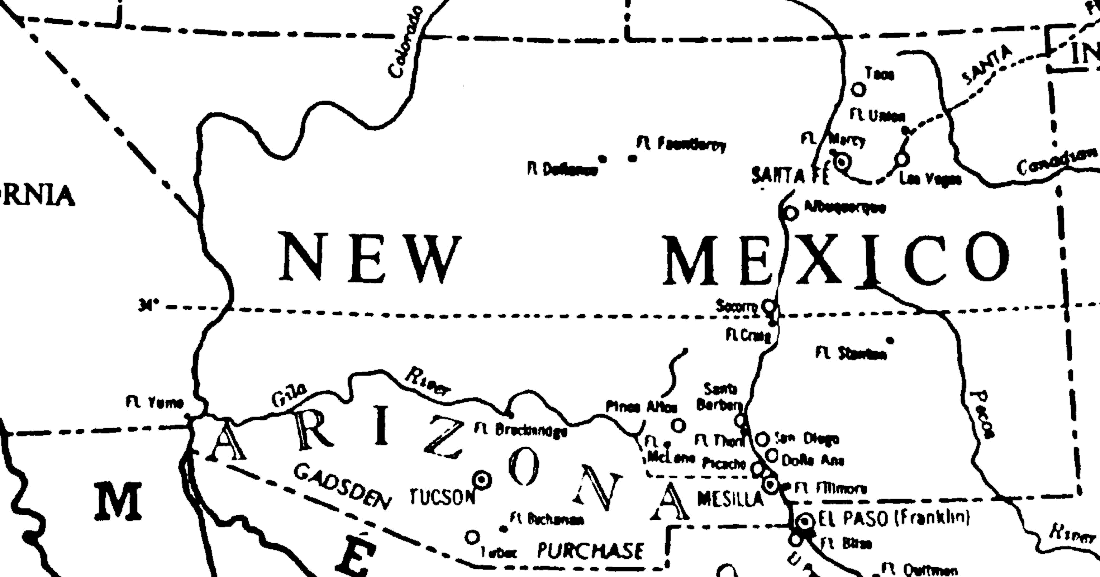|
My current project, Bordering the Nation: Land, Life, and Law at the US-Mexico Border and on O’odham Jewed, employs the vocabularies of space, place, and Indigeneity—landscape, territoriality, sense of place inter alia—to investigate the US-Mexico border and borderlands in Southern Arizona as they coalesce historically and in the present for the communities that live in and pass through the borderlands. As I signal with my title, Bordering the Nation, I take “the border” to be a set of ongoing processes where and whereas various actors, including state governments, create an inside and an outside, a here and a there, a for whom and against whom (Brown 2010).
Less conspicuous in my title is the double signification that I employ around “The Nation.” The nation, at times synonymous with the territory claimed by the United States or the imagined community of it (Anderson 1983), also herein signifies the Tohono O’odham Nation, a federally recognized tribe and reservation in Southern Arizona colloquially known as “the Nation.” The covert presence of Indigeneity in the title reflects the designations at the US-Mexico Border, which are framed in an either/or construction and which elide the presence of Indigenous people and peoples. Based on 15 months of fieldwork and extensive archival research, which has been supported by the National Science Foundation and multiple centers, institutes, and initiatives on the UC Berkeley campus, my dissertation takes an Indigenous approach to study of the Arizona borderlands. Intervening in scholarship on the borderlands, this research demonstrates how “the Border” materialized and materializes in space and place and in the mundane bureaucracies of jurisdiction, citizen initiatives, case law, and personnel. Reinserting and re-centering Indigenous peoples who lay claim to this contested landscape, this research lies at the intersection of border studies, western history, Native American Studies, and comparative ethnic studies. A portion of my historical research on the bordering of the Tohono O’odham Nation can be found in my recent article, “‘Made for Your Benefit’: Prohibition, Protection, and Refusal on Tohono O’odham, 1912-1933.” |



